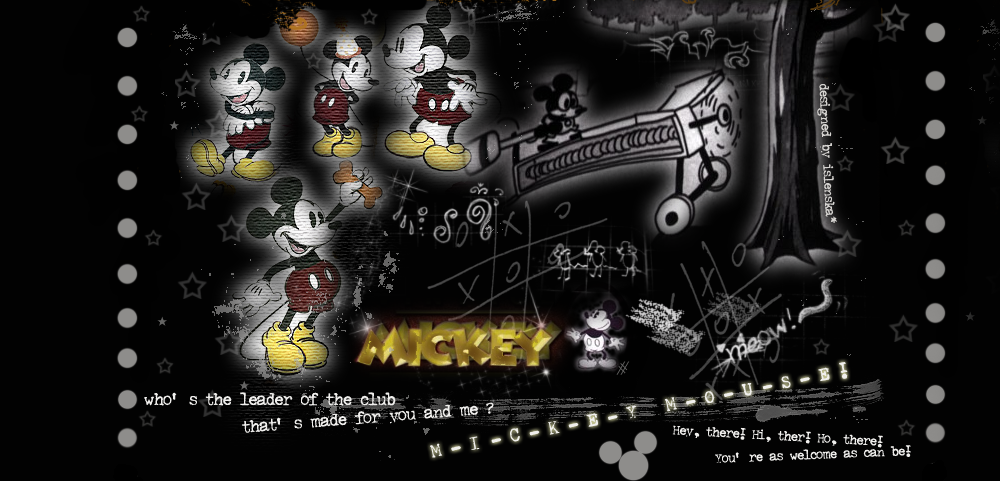BOO. Why am I doing this job again. Argh, forget it...
Chapter 3 - Digestion in Animals
Why need food?
- for energy to work our muscles
- for growth and repair of our body parts/cells
- to stay healthy
- for us to perform our daily activities
What is in food?
Main nutrients are...
- Carbohydrates
- Fats
- Proteins
- Vitamins
- Fibre
- Water
- Mineral Salts
Carbohydrates
Functions...
- Immediate source of energy
- part of DNA
- makes up plant cell wall
Made up of Carbon(c), Hydrogen (H), Oxygen (O)
ratio of H and O is 2:1
Glucose = C6H12O6
Can be grouped as..
- Simple Sugars
>one unit of sugar
>E.g. Glucose
-Complex Sugars
>2 simple sugar molecules joined together
>E.g. Maltose
-Starch
>Stored in plant tissues
>Many glucose molecules joined together
>Insoluble
-Cellulose
>found in the cell walls of plant cells
>man cannot digest it
>many glucose joined together in a different way
PROTEINS
Functions...
-build new cells for growth and repair
-make chemicals such as enzymes for essential functions
-made up of C,H,O and Nitrogen (N)
-Protein is large and insoluble and is made up of many small molecules called amino acids
FATS
Functions:
-Source of energy
-building of protoplasm e.g. cell membranes
-insulate body against heat lost
-made up of C,H and O but has a lot of H atoms compared to carbohydrates
What occurs to digested food?
-Digested food diffuses into the blood and into cells through partially permeable membranes
-Energy stored in digested food is then released in cells during cellular respiration
What is digestion?
-Breakdown of large insoluble food molecules into small, soluble molecules
-Our body produces digestive enzymes to aid in the breaking down of food
What are enzymes?
-chemical substances which can speed up the rate of chemical reactions.
-remain unchanged at the end of reactions
-can also be called biological catalyst
-made of proteins
Properties of Enzymes
-Very specific. Only breakdown certain food. Like the lock and key.
-increases the surface area of food thus speeds up the rate of reaction
-sensitive to temperature as it is made up of proteins thus
>when too cold, enzymes become inactive
>when too hot, enzymes become denatured
-denatured?? Enzymes loses it's specific structure thus cannot breakdown food molecule
-Sensitivity to pH(acidity or alkalinity)
-most enzymes work best at neutral pH
-some enzymes work best at acidic/alkaline conditions
-Optimum temperature, 40
Types of digestive enzymes
-Starch Molecule>Maltose>(maltase)Glucose
-Protein Molecule>(Protease)polypeptides>(protease)amino acids
-Fat Molecule>(lipase)glycerol+fatty acids
The digestive system
-organs included in the digestive system are
>mouth
>oesophagus/gullet
>stomach
>small intestines
>large intestines
-organs that aid in digestion
>salivary gland
>liver
>pancreas
>gall bladder
Digestion
1. Mechanical/ Physical Digestion
-teeth, tongue and muscles help to break big pieces of food into smaller pieces
2. Chemical Digestion
-breakdown of large food molecules into smaller ones
Digestion in mouth
Teeth - Chewing with teeth helps break down food mechanically.
Salivary Gland - Mucin soften food and Amylase digest starch to maltose
Tongue - Rolls food into small, slippery masses called bolus.
Mouth:
functions:
-chew food into small pieces with teeth
-saliva wets food
-tongue rolls food into small balls and pushes it to the back of the mouth (oesophagus)
-food is swallowed
>enzymes involved
-Salivary amylase which is found in saliva produced by the salivary glands
-digests cooked starch into maltose
Oesophagus
-A long muscular tube leading to stomach
Functions:
-muscles alternately contract and relax to push ball of food downwards
-known as Pertistalsis
>Enzyme involved
-No enzymes present
-but digestion of starch continues to take place
Stomach
-A muscular bag with acidic environment
Functions:
-stomach muscles contract and relax to further break up the food
-produces a digestive juice called gastric juice from the gastric glands
-only digest proteins
>Enzymes involved
-proteases (rennin and pepsin)
pepsin digests proteins to polypeptides
renins converts soluble milk proteins to insoluble milk proteins
Digestion in Stomach
-Gastric juice secreted pH about 2
-Gastric juice contains : Hydrochloric Acid (diluted, Rennin and Pepsin (enzymes)
Gastric Juice
-Produced by the gastric glands found in the walls of the stomach
-Contains
>Hydrochloric (HCl)
>Protease > Rennin and Pepsin
-HCl:
1. Stops action of salivary amylase
2. Changes the inactive proteases into their active forms
3. Provides acidic medium for action of gastric enzymes
4. Kills germs and certain potential parasites
Small Intestine
-about 6m long muscular tube with alkaline environment
-connected to the liver and pancreas
Functions:
-mixes food with 3 digestive juices
>intestinal juice
>bile (liver)
>pancreatic juice (pancreas)
-Digestion of fats, proteins and carbohydrates occurs
-absorption of digested nutrient
Bile
-Bile is produced in the liver and stored in the gall bladder
-yellowish-green fluid
-do not contain enzymes, only aids in the process of digestion
Functions
-Breaks up fats/oil into very small oil droplets /globules
-known as Emulsification
-thus increase Surface Area of Fats for faster digestion by lipase
Carbohydrate digestion in the small intestine
Enzyme involved:
-pancreatic amylase
-maltase,lactase, sucrase (found in intestinal juice)
Protein digestion in the small intestine
-Enzymes involved:
>typsin
>erepsin
>enterokinase
Fat digestion in the small intestine
-Enzymes involved
>pancreatic and intestinal lipase
Large intestine
-Shorter but broader than the small intestine
- about 1.5m long
-The undigested food, mainly fibre, from the small intestine will enter the large intestine
-No digestion takes place here
Functions:
-absorb water and mineral salts in the colon
-the solid waste will be stored in the rectum
-faeces will be forced out from the anus
Large intestine
Consists of...
- caecum
- appendix
- ascending colon
- horizontal colon
- descending colon
- rectum
- anus
DONE.
OMG. SO EFFING LONG. YOU ALL BETTER SCORE WELL HOR.
NOTICE: Ecology is also tested for tomorrow. (:
__________________________________________________________________

